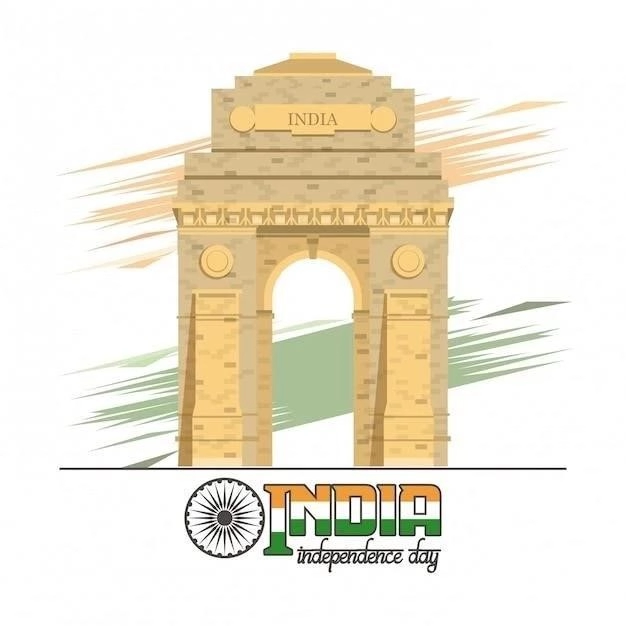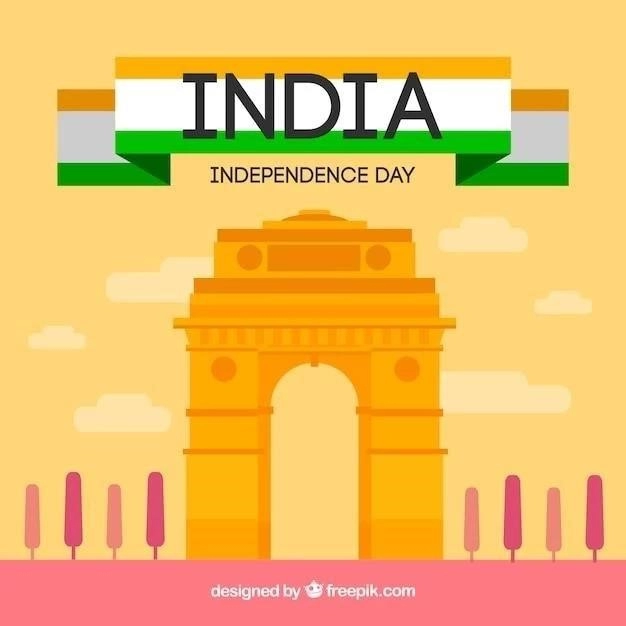Standing tall in the heart of New Delhi, the India Gate is more than just a monument; it is a solemn reminder of the sacrifices made by Indian soldiers who fought valiantly for their nation. This majestic archway, designed by the renowned architect Sir Edwin Lutyens, has become an integral part of Indias identity, symbolizing national pride, unity, and the indomitable spirit of its people.

A Historical Journey: From War Memorial to National Icon
The genesis of the India Gate can be traced back to the aftermath of World War I. Conceived as a tribute to the over 70,000 Indian soldiers who laid down their lives fighting for the British Empire during the war, the foundation stone was laid in 1921 by the Duke of Connaught. Originally known as the All India War Memorial, it was inaugurated a decade later in 1931 by the then Viceroy of India, Lord Irwin.
The India Gate was designed to evoke a sense of grandeur and solemnity, befitting its purpose as a war memorial. The arch stands tall at a height of 42 meters and is flanked by lush green lawns, providing a serene and contemplative atmosphere. The names of over 13,516 soldiers are inscribed on the monument, forever etching their sacrifice in stone.

Architectural Significance: A Blend of Western Design and Indian Aesthetics
Sir Edwin Lutyens, known for his masterful architectural creations in New Delhi, drew inspiration from various sources for the India Gate. The design echoes the grandeur of the Arc de Triomphe in Paris while incorporating elements of Indian architecture. The use of red and yellow sandstone, quarried from Bharatpur, adds a distinctly Indian touch to the monument.
The archway is surmounted by a shallow bowl, which was originally intended to hold a burning light on special occasions. Today, it is the site of the Amar Jawan Jyoti, an eternal flame that was added after the Indo-Pakistani War of 1971 as a tribute to the soldiers who died in that conflict.
The India Gate Today: A National Symbol and a Place of Gathering
In the decades since its construction, the India Gate has transcended its original purpose as a war memorial to become a potent symbol of Indian nationhood. It is a place where people from all walks of life come together to pay homage to the fallen soldiers, celebrate national holidays, or simply enjoy the serene surroundings.
The sprawling lawns surrounding the India Gate are a popular spot for picnics and leisurely strolls. The area comes alive in the evenings with families and friends gathering around the monument, which is beautifully illuminated after sunset.

Experiencing the India Gate: A Must-Visit for Every Visitor to Delhi
No trip to Delhi is complete without a visit to the India Gate. The monument is easily accessible by public transport and is open to visitors throughout the day. Here are some tips for making the most of your visit:
- Timing: While the India Gate is open throughout the day, the best time to visit is in the late afternoon or early evening when the weather is pleasant and the monument is illuminated.
- Light and Sound Show: Consider planning your visit to coincide with the light and sound show, which tells the story of Indias independence struggle.
- Respectful Conduct: Remember that the India Gate is a war memorial, and maintain a respectful demeanor while visiting.
Conclusion: The Enduring Legacy of the India Gate
The India Gate stands tall as a testament to the courage and sacrifice of the Indian soldiers who fought for their nation. It is a symbol of national pride, unity, and the indomitable spirit that defines India. More than just a monument, it is a place where history comes alive, reminding us of the sacrifices made for the freedoms we enjoy today. A visit to the India Gate is not just a sightseeing trip; it is an experience that stays with you, evoking a sense of patriotism and respect for the brave hearts that lie immortalized within its embrace.
A Deeper Dive into the Symbolism and Impact
Beyond its imposing physicality, the India Gate stands as a testament to a complex period in Indian history. Commissioned during the British Raj, it initially served as a poignant reminder of the Indian soldiers who fought and perished in service of the Empire. Their names, etched onto its surface, served as a stark roll call of sacrifice. This narrative, however, underwent a significant transformation following Indias independence in 1947.
The monument was re-consecrated, becoming the embodiment of Indian valor and national identity. The inscription of “INDIA GATE” on its facade, a later addition, solidified this shift. The Amar Jawan Jyoti, eternally lit beneath its arch, further amplified this sentiment. It serves as a solemn tribute to all Indian soldiers who have given their lives in defense of the nation since independence.

A Focal Point for National Commemoration
Today, the India Gate is the site of numerous national events. Republic Day, celebrated annually on January 26th, sees a grand parade culminating at the monument. The Prime Minister leads the nation in paying homage to the fallen soldiers at the Amar Jawan Jyoti. This ceremony is a powerful display of national unity and a reaffirmation of the nations commitment to its armed forces.
Beyond official commemorations, the India Gate serves as a gathering place for citizens from all walks of life. Families and friends congregate on the surrounding lawns, finding solace and shared experience in the monuments shadow. It has become a place for quiet reflection, lively conversation, and a shared sense of national identity.
The India Gate in a Global Context
Architecturally, the India Gate draws inspiration from triumphal arches found around the world. Its design echoes the Arc de Triomphe in Paris and the Gateway of India in Mumbai. Yet, it possesses a distinct character rooted in its historical and cultural context. The use of locally sourced sandstone, the incorporation of traditional Indian design elements, and its transformation into a symbol of independent India solidify its unique position within this global architectural dialogue.
A Lasting Testament to Valor and Sacrifice
The India Gate is more than just a monument; it is a living testament to the valor and sacrifice of the Indian armed forces. It stands as a symbol of national pride, unity, and the enduring spirit of a nation. As you stand before this magnificent structure, take a moment to reflect on the countless stories of bravery it represents and the enduring legacy it embodies for generations to come.










